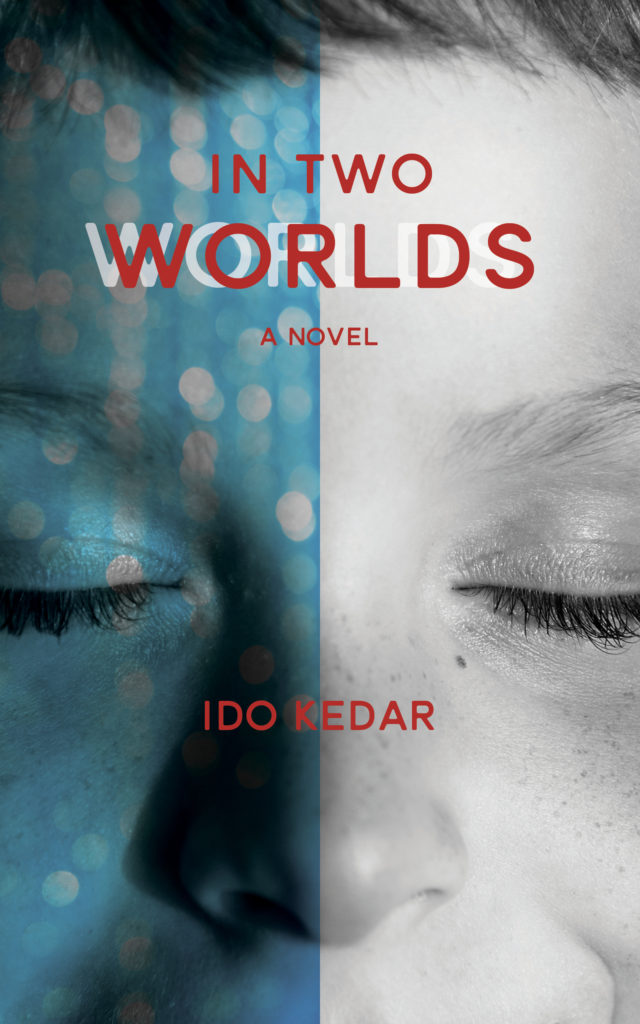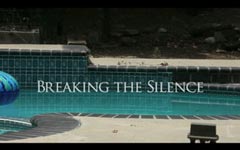I’m honored to share this informative and personal essay by a brave and generous mother, Susan Finnes. The determination of some mothers to get communication for their autistic children, even when local communication instructors are not available, amazes me. In some cases, people may have easy access to Soma, or other skilled people who teach typing to communicate, like my mom started to do. These teachers can transform lives.
But, what happens to people without access to these teachers, who live far from the opportunity, or who simply cannot afford to pay for lessons? Thankfully, in addition to books, there is now an online forum for parents and YouTube training videos that the author of this essay, Sue Finnes, put together. I think this labor of love that that Sue and her son, Chris, have undertaken is brave and incredible. They are willing to show their mistakes and their successes to hundreds of unknown people. I admire Chris for being willing to let people judge—and Sue, the same.
I am incredibly grateful as an autism advocate that they have created these educational and support networks to help people with autism and their families.
Because it is long, this essay will appear in two parts. In Part 1, Sue shares her journey with Chris into independent letter pointing. In Part 2, which I will post tomorrow, she shares practical tips for those interested in pursuing this with their own children or students.
Thank you again to Sue and Chris.
Ido
Questions I had when I first heard about RPM in 2009 :
What exactly is RPM? How can I learn RPM? Will it work for my child?
I scoured the internet looking for answers, looking for examples and could not find a lot of information. I had seen a short video of Soma (Soma Mukhopadhyay, who developed RPM) a couple of years previously and had formed the opinion that RPM was not for me. I saw her talking quickly, maybe even doing a poem with a child who did not look at all interested. Why on earth would I want to do this with my severely autistic non-verbal child – surely it was more important to focus on speech and how to dress himself?
Christopher was aged 10. His speech had not developed, we had made some progress with getting dressed and we worked mostly on social/interactive play skills. His communication was limited to the use of gestures to show what he wanted (eg. pointed to his bottom for toilet) and to taking us by the hand to lead us to what he wanted. I had done some basic word picture matching using flash cards. I was desperate for Chris to have a communication method – something more than a PECS system (where you have pictures of objects) and something others would be able to understand – so not sign language. I looked again at RPM – I saw a video this time of Soma teaching a child to point using written paper choices and realised that this was something we could possibly work on. I experimented – using a well-read Teletubbies book – asking what did the Teletubbies spill ?– tubby custard or water? I ‘m ashamed to say now that I was surprised when Chris chose the correct answers – you will see me smiling on this clip from Oct 2009 https://youtu.be/ajDvQEUBgqE . I thought I’d always believed and accepted him , but now we were moving onto something with huge potential ! Here is another short clip November 2009 – you will see that I quickly moved on from Teletubby books to the history of Bonfire night https://youtu.be/BIBn67V608Y . Please note that my techniques here were not very good !
From that moment on I exposed Chris to more age appropriate topics and began to talk to him more about everything –and started WRITING EVERYTHING DOWN assuming that he understood. We worked on getting him to point to the written choices. We took his interests /motivations and expanded them – bringing him interesting information eg singing twinkle twinkle lead to talking about the solar system. I did not think that Chris would cope with a long flight to the USA to see Soma , but found out about the Barrett family in the UK whose daughter Heathar had achieved success with Facilitated Communication, so I enlisted their help and early in 2010 we began to learn how to support Chris to type. I remember them telling me that I had to believe that Chris had been like a sponge taking everything in all these years – but with no means of showing us. It took MANY MONTHS of daily practise before we were able to get anything from him, which made sense, but when we did, it showed me how intelligent he was. I and Chris’s other helpers practised with him every single day and we were eventually giving light elbow support while he typed.
Fast forward to 2011 – I heard that Soma was in the UK and managed to get some sessions. I didn’t fully understand RPM – i thought i’d just take the good bits and adapt it. This was another WOW moment for me – the types of lessons Soma presented were way more advanced than we had been doing . Even though I saw Chris pointing independently with the stencils with Soma , I decided that I wanted to stick with FC for longer answers and would do written choices for other questions. Again we stepped up to the challenge – I started to work my way through a Biology student workbook, another helper did Physics, another Maths and Poetry. We made good progress -I realised that Chris was capable of learning , and was finding it interesting and stimulating. We were able to see Soma again in 2012 – this time I and Chris’s team were fully prepared ! We all studied Soma’s red book beforehand and we analysed in detail what she was doing in her sessions .
The penny dropped ! This method of teaching was not just about presenting information and checking student understanding –the stimulating information was the tool which enabled you to engage the child while working towards the skill of INDEPENDENT pointing/typing . It also enabled you to stimulate thinking and reasoning skills and taught the student how to express his thoughts and opinions. From that moment on we changed from supporting Chris to type , to teaching him the skill of independent pointing – beginning with the stencils.
Chris had at least 3 RPM sessions every day with different tutors. Initially there was lots of prompting – verbal ( eg. ‘up up, , lift your elbows’ ) , directive (eg ‘touch here’) and air prompts ((waving your fingers over the stencil in the direction of the letter). If Chris was struggling to get a letter we also had to motor model the movement with him – showing him hand over hand ‘this is how you touch the B ‘ (doing it twice hand over hand then immediately asking him to do it himself) ‘now you touch it’. I set up records on my PC – and after every session the tutor would record their notes from the session. We found that the process of writing up notes also helped us to analyse our own sessions – looking to see how much talking we were doing and how many responses we were asking for. Many sessions were filmed and I also set up skypes with Soma to get feedback. Up until 2016 Chris was having a minimum of two RPM sessions a day ,5 days a week . He is currently using the laminated letterboard and we are working on independence by beginning to get him to hold the board himself for a few letters/short words . Here is a short clip to illustrate.. https://youtu.be/vGL5Xb5o2lA
We have incorporated lots of purposeful movement into his programme – physical exercises, dancing, picking up and passing objects etc. I feel that we would have made more progress but have had setbacks with Chris’s health – he developed epilepsy and has frequent seizures which take time to recover from. As he is transitioning to adulthood Chris now also attends a skills centre two days a week and works on motor skills, living skills and independence skills. He is also learning to use the letterboard in different environments and with different people.
See you tomorrow for Part 2!



